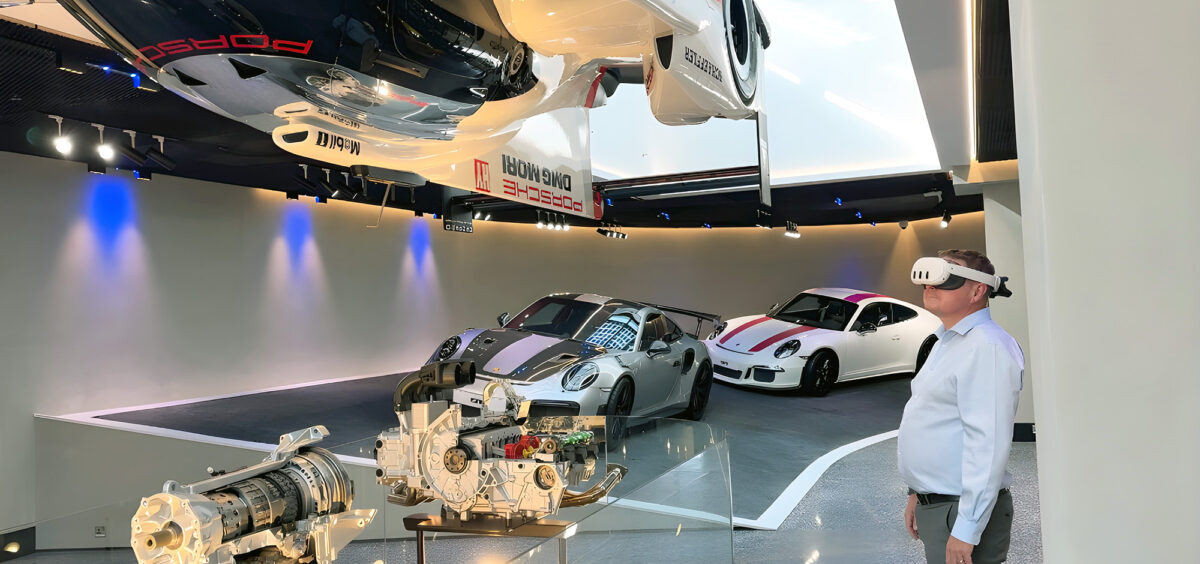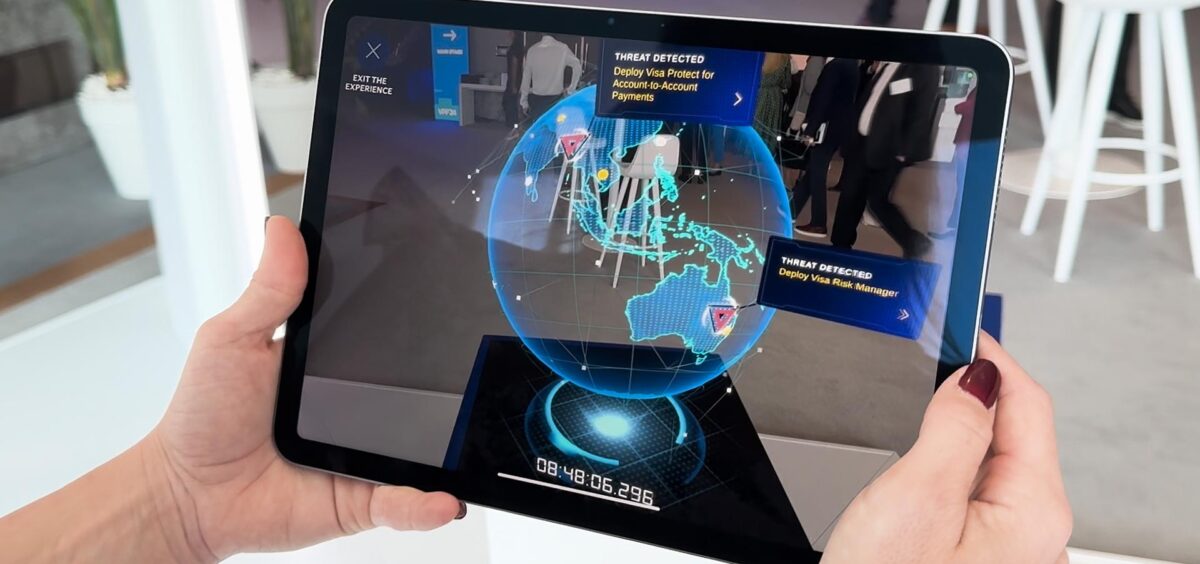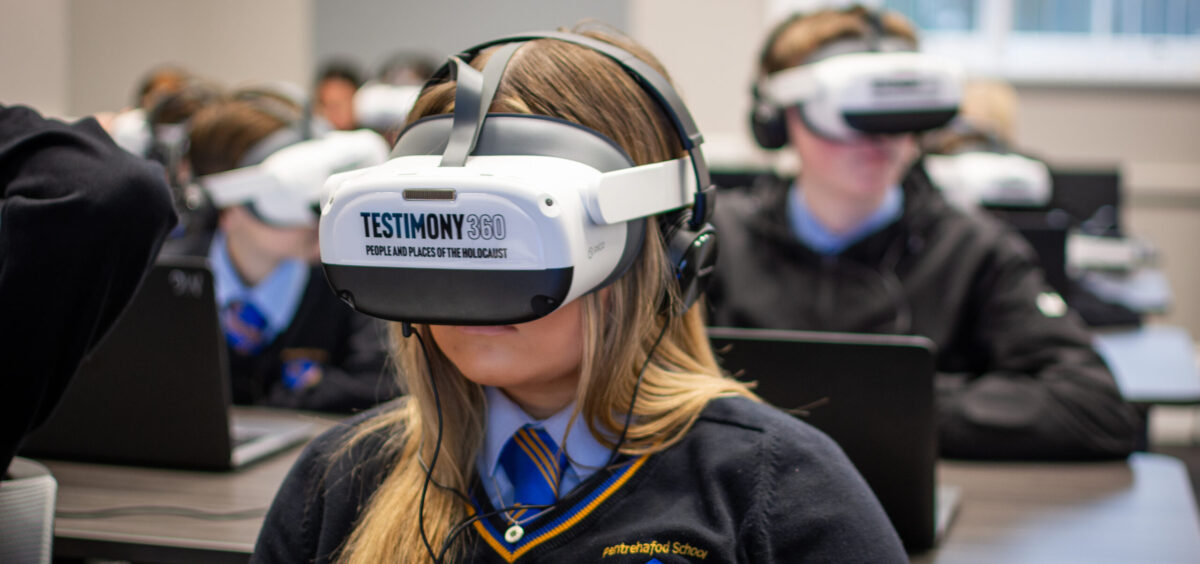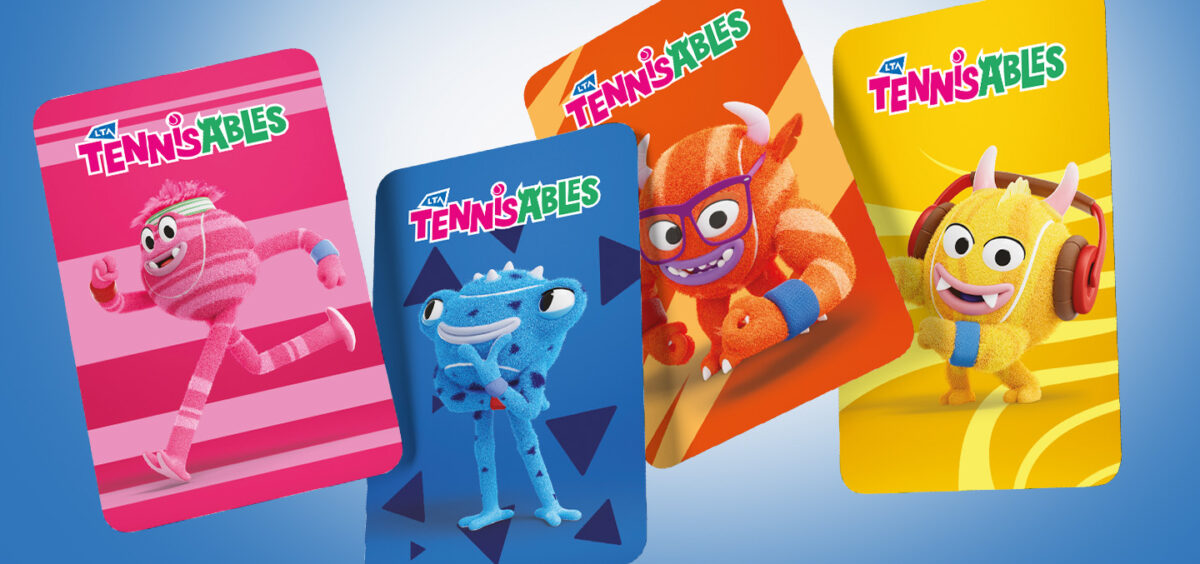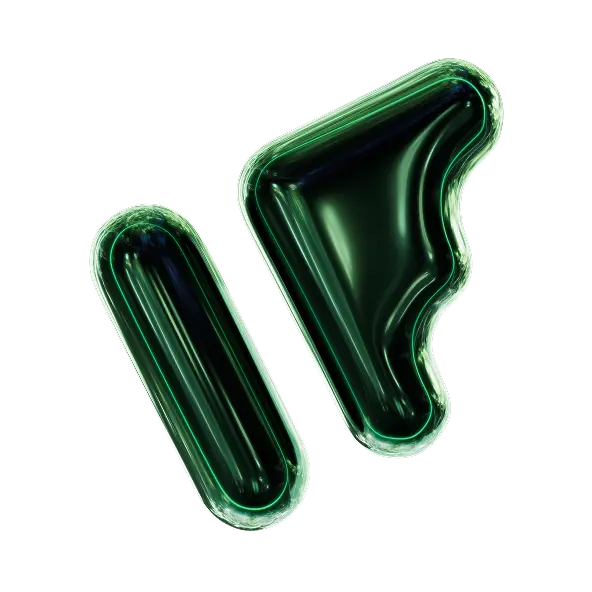Using VR innovation to support vision impairment research
The University of Essex approached us to create a VR proof of concept to support funding for a research project exploring visual field loss. Working closely with their team, we developed an innovative VR tool that replicated a user’s blindspot and provided a live visual feed of missing areas, helping researchers study how XR can assist people with impaired vision.
The challenge
Researchers at the University of Essex were seeking funding to develop a digital tool that could improve the lives of people with vision impairment. To secure support, they needed a working prototype that demonstrated the potential of XR in replacing lost areas of sight. The challenge was to build a system that could accurately simulate visual field loss, allow for controlled experimentation, and deliver reliable, measurable data. It had to be realistic enough for testing with participants living with vision impairment, while adaptable for comparison with users who had typical vision – all within a manageable, research-ready framework
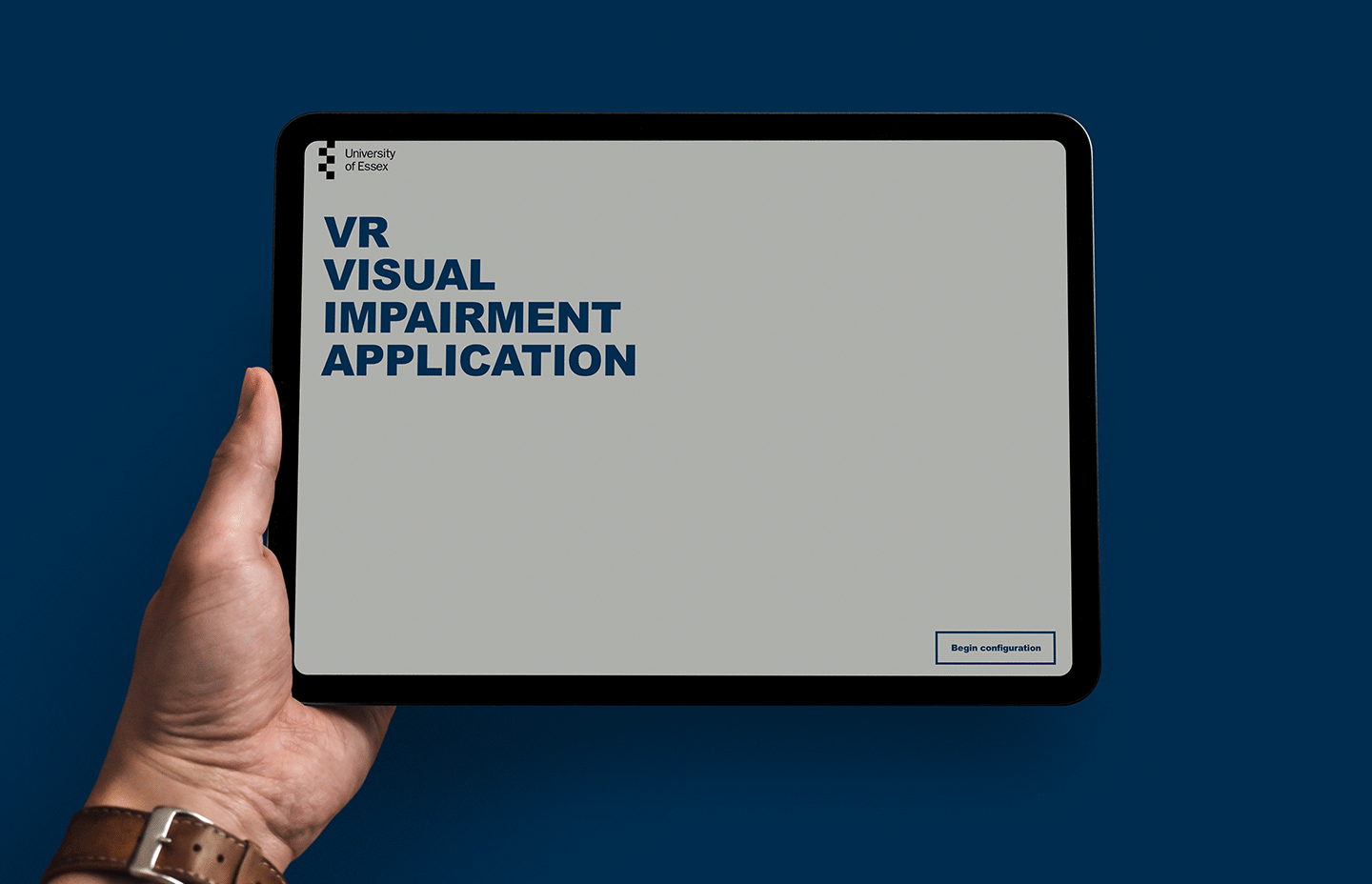
The process
We designed a VR tool using Pico headsets and a companion tablet configurator to map a user’s blindspot. Eye-tracking technology ensured the blindspot remained fixed relative to the user’s gaze, mirroring their real-world experience. A live-streamed heads-up display (HUD) filled in missing visual information, adjustable for position and scale. Two interactive tests – a shape-building task and a line-marking task – were used to measure speed and accuracy, with all data automatically uploaded to a bespoke research portal. During the pandemic, we adapted the system for remote testing, enabling password-protected calibration and secure data transfer between researchers and participants.

The outcome
The VR tool successfully demonstrated how extended reality could be used to restore visual context for users with field loss. It enabled researchers to collect high-quality, quantitative data on user performance, visual response and the effectiveness of visual cues. The flexibility of the system – including its ability to run remotely – allowed trials to continue during the pandemic and expanded opportunities for future research. The project provided an impressive proof of concept, proving XR’s potential in accessibility innovation and helping the University of Essex advance its case for further funding to develop life-changing assistive technologies.
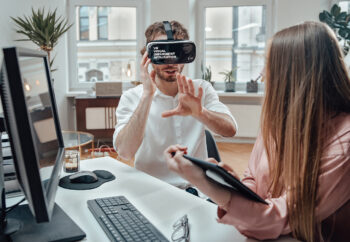
OUR PORTFOLIO
Discover how we can help
Contact us
What’s your challenge?


